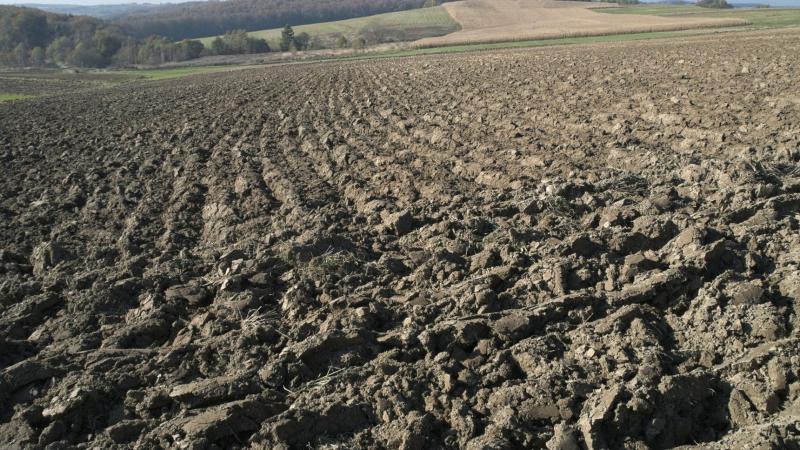
A plant needs salts, water, sunlight and different nitrogen-based compounds to grow. However, any of these in excess can adversely affect the plant and result in impaired growth or death. Salinity stress, caused by increased salt content in the soil, is a major issue faced by farmers as it affects the crop yield. In a recent study, researchers from the Birla Institute of Technology, Pilani, has uncovered the mechanism behind how some plants tolerate high levels of salinity in the soil. They see the helping hand of a soil bacterium called Enterobacter cloacae in keeping these plants alive in saline conditions.
But what makes it hard for the plants in saline conditions? Turns out, it is the difficulty in maintaining the structure of their cells. Due to high salt content, osmosis in the cells causes loss of water, leading to ultimately death of cells. To conserve water, stomata--small openings on the leaves that throw out excess water and take in carbon dioxide--remain closed. Hence, the availability of carbon dioxide, needed for photosynthesis, is adversely affected. However, some plants have developed their own strategies to adapt to salinity stress. They modulate the levels of proteins and in turn, the metabolic processes that ensure their survival.
This present study, published in the journal PLOS One highlights one such survival mechanism assisted by the bacteria Enterobacter cloacae--a plant growth promoting rhizobacteria (PGPR). These bacteria grow in the soil or on the roots of plants. The study finds that they aid in growth of the plant by helping it acquire necessary nutrients, modulating plant hormone levels and protecting the plant from pathogens.

The researchers of the study traced the biological changes at a molecular level brought about by the presence of the bacteria in wheat plant. They found changes in the protein levels of the plant under salinity stress, before and after exposing the plant to the bacteria. This observation reveals that PGPR influences the production of proteins involved in stress response pathways.
The researchers compared protein profiles of the control group, the group without bacterial treatment, and two experimental groups--one with only bacteria, and the another with salinity stress and bacteria. They observed differential expression of proteins involved in protein synthesis, cell division regulation, lipid biosynthesis, photosynthesis and stress related metabolism. These events collectively alter the metabolic status and help the plant to maintain the cell integrity. The researchers identified the differentially expressed proteins in each of these groups to fish out those unique for the response observed. They then clustered related proteins based on their physiological functions such as cell cycle, ion transport, defence, etc.
The observations suggest that the plants produce more of certain cytoskeletal and cell cycle proteins to reinforce the cell structure and to ensure that cell division goes on. In addition, the functions of the cell membrane was assisted by the fastened lipid biosynthesis. Exposure to bacteria seemed to alter the expression pattern of RuBisCO--a key enzyme in carbon dioxide fixation, which makes carbon compounds more available for other reactions and energy synthesis. Various osmoprotectant proteins that help in the water-holding were also synthesized in higher amounts. The protein profile implied that bacteria incorporates double advantage by reducing the harsh environment and also by helping plants to tolerate the stress levels they are exposed to.
All these effects are the cascading events following the reduction in the levels of ethylene, the major stress hormone in plants, by the bacteria. “1-aminocyclopropane-1-carboxylate (ACC) deaminase catalase breakdown of ACC, which is an immediate precursor of ethylene. This reduces the level of ethylene in plant”, says Dr. Prabhat Nath Jha from BITS, who is also the lead author of the study.
The observations of the study has implications on agricultural crop yields in high salinity areas. However, the authors opine that further investigations are required for in-situ applications. “There are several other factors such as soil factors and competition with natural microbial inhabitants, which can be taken into consideration when applied in natural conditions. We have not tested it, but it needs to be done before it is used as biofertilizer under farming conditions”, signs off Dr. Jha.






